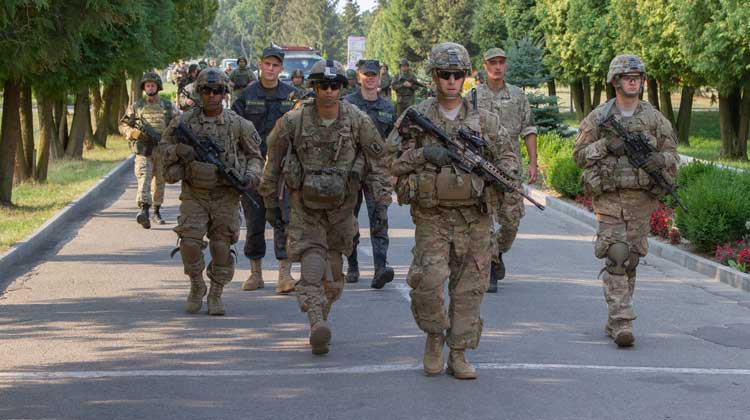From WAR ROOM —Online Journal of the U.S. Army War College
Portions of this essay are excepted from “The Total Army,” an Elihu Root Study by the 2016 Carlisle Scholars Program at the U.S. Army War College.
It is time for the Army to innovate in meeting the challenge of rapid expansion. Since the early 1980s, the U.S. Army has generally preferred to maintain a standing force that is ready for war, with little attention to improving its ability to expand rapidly. The era of the all-volunteer force has seen the emergence of tremendously capable Army units in times of peace, an anomaly in American history. Yet it has also seen the emergence of an odd dogma regarding Army expansion. Where prior generations of U.S. Army leaders were routinely expected to grow and deploy the Army over the course of months, the modern U.S. Army sees expansion as something requiring years.

Indeed, listening to some Army leaders one gets the impression that rapid expansion is an unwanted ability, since it would give the congress justification to cut Army end-strength without incurring significant risk.
Whether or not this impression is accurate, over the past four decades the Army has produced little innovation in its ability to rapidly expand the force in new or augmented units, while over the same period it has made tremendous progress in how it trains established units. This lack of balance in innovation is a problem.
In military speak, “capability” refers to what a unit or system can do and how well it can do it, while “capacity” refers to how many units or systems are available (also referred to as “mass”). While military capability is doubtless important, one thing we know about war is that it has the power to surprise us in unpleasant ways. Nothing is more useful to surviving and overcoming those surprises than the simple power of numbers. Mass still matters, and the ability to produce it quickly deserves more of our attention.
Given sufficient time, the United States can produce unrivaled military capabilities and field an immense Army. The U.S. is a populous, technologically advanced nation with tremendous natural, scientific, and industrial resources. Few nations have a deeper reservoir of manpower. Given the ability to dictate the timing of all military operations, the United States would have the luxury of building military forces on demand and dissolving the military when not in use.
Continue reading here.